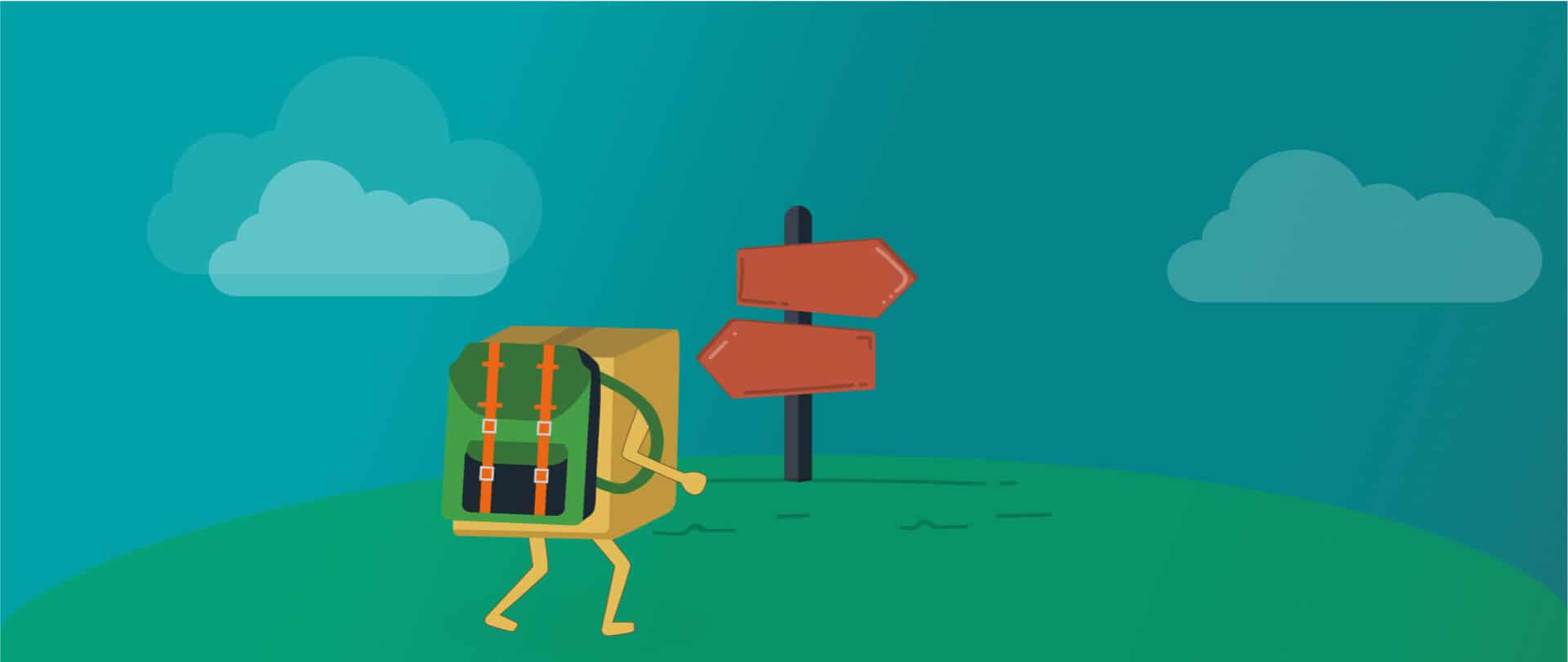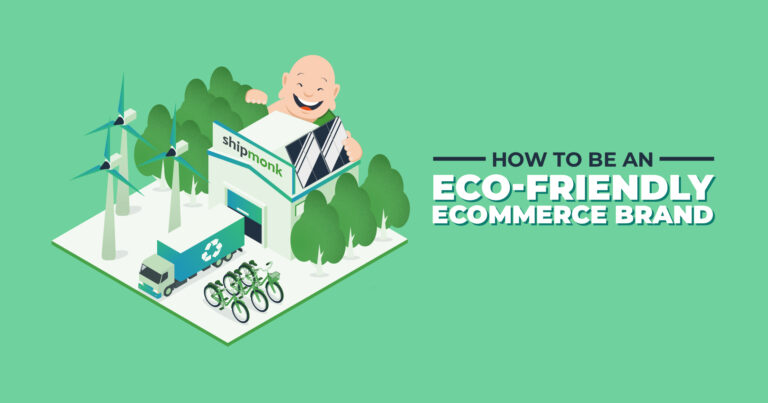Choosing the Location of Your Fulfillment Warehouse
When working with a fulfillment center, choosing a fulfillment warehouse in a strategic location is key. For new brands and small businesses, warehousing in one location is generally the best way to start. This allows you to keep overhead costs down while perfecting your inventory management systems.
Once your brand grows, expanding to multiple locations can be an important step in scaling your business. But how do you decide where to store and ship your inventory from? Read on to learn which factors to consider when developing your company’s fulfillment strategy.
Where do your customers live?
Demographics
If your business is mainly online, the answer may be, “Our customers live all over the world”. To figure out the best location for your fulfillment strategy, we recommend diving into your customer analytics:
- Where are your customer orders being shipped to?
- What is the average transit time to the locations you’re shipping to?
- What states or regions have the highest shopping cart abandonment rate?
If you haven’t taken the time to analyze this data previously, the answers may surprise you. More importantly, they’ll give you the figures you need to make an informed decision when choosing the location of your fulfillment warehouse.
If your customers are distributed all over the United States, it makes sense to utilize a fulfillment center with warehouses in locations that can lower the average transit time to the highest amount of customers.
If your products are primarily being sold in a few states, you may opt for a warehouse location in or near those regions.
The farther your packages have to travel (from the fulfillment warehouse to the end customer’s shipping address), the more expensive your shipping costs will be. Warehousing products in ideal locations can help reduce shipping costs and add dollars back into your bottom line.
Taxes
Every state has unique tax rules and regulations which may affect where you decide to store your inventory. If your company maintains a substantial physical presence in a state by housing property (warehouses, inventory, offices) or people (staff, agents, representatives), nexus must be claimed in that state.
Who are you competing with?
Other sellers
Doing a SWOT Analysis (Strengths, Weaknesses, Opportunities, Threats) of your top 3 competitors will give you rich insights into how your business can stand out in many areas of your business. In terms of fulfillment, researching the transit times that your competitors offer to customers in your most important regions can help you determine whether or not you might be losing sales to your competition. For example, if it takes you 5 to 7 days to deliver orders to California and it only takes your competitor 1 to 3 days, you can bet that this is a threat to your business.
Transit time
While customers prefer free delivery, fast transit times are an important factor in consumer purchasing behavior. If your business is marketing and selling products on a marketplace such as eBay, Amazon, or Jet.com, you are competing with an even wider range of sellers. Choosing a centrally located fulfillment center can cut your transit times down while reducing shipping costs for you and your customers. This is a great way to get a leg up on your competitors and increase the efficiency of your business.
Shipping cut-offs
Considering order cut-off time is another important factor. If your only warehouse is in New Jersey and their daily fulfillment cut-off time is 1:00 pm EST, that means a customer ordering after 10:00am PST won’t have their order fulfilled until the following business day.
What are you selling?
Product type
Makers of unique or specialty products may be able to get away with higher transit times of more than a week. Sellers of staple products (such as items that can be purchased at general stores) are often affected by consumer demand for quicker transit times. Similarly, products that expire or require special handling may also benefit from shorter shipping timeframes.
If the products you sell are often purchased as gifts, shorter transit times on your free shipping option can be a huge boost to your business. While many customers will choose expedited shipping methods when needed, most shoppers will prioritize free shipping, so they will choose a company that can offer quicker transit times in their basic free shipping method.
If your business sells heavy winter coats, it may make more sense to store your inventory in a warehouse in the Northern United States. Whereas a surfboard seller would be wise to ship inventory from a 3PL warehouse nearer to the coasts.
Product weight
Lightweight products (i.e. under 5 pounds) will usually ship within 1 to 3 days to most locations in the United States if your company utilizes flat-rate mailers such as USPS First Class or Priority Mail. If the bulk of your sales are lightweight products, it may not be as important to store inventory in multiple 3PL warehouse locations. However, if your business sells products that are heavy (i.e. 10 pounds or heavier), multiple warehouse locations can help cut your shipping costs significantly.
Total SKUs
If your business sells a high number of SKUs, storing enough inventory and distributing it amongst multiple warehouses may prove to be a more costly endeavor. However, if it allows your company to scale at a quicker pace, this may still be an important piece of your growth strategy. In this case, it may make the most sense to only store top selling products in multiple warehouses and keep slow-moving inventory in the most central warehouse location.
Other benefits of multiple warehouse locations:
Once your company has reached a significant level of sales and you can effectively analyze consumer buying behavior, it may be time to upgrade from one warehouse to multiple third-party fulfillment centers. If you’re using the support of a 3PL with an expert team, they can help you determine the best inventory planning and fulfillment strategy based on your historic sales patterns.
Companies that utilize 3PL services that have multiple warehouse locations can benefit from the ability to ship products from the warehouse closest to each customer, saving your company money on shipping costs with every order. If your brand offers free shipping, this means less money out of your pocket with each sale.
Customers today have been trained to expect free shipping as a standard practice. If your brand does not already offer free shipping, storing and shipping inventory from multiple warehouses may reduce your costs enough to be able to either lower your shipping rates or offer free shipping – both of which will help your business compete with similar sellers in your niche.
Strategically located fulfillment warehouses may allow your company to offer transit times of 1 to 3 days to the average consumer. That is a huge benefit to shoppers and a boom to your business.
The less time it takes for customers to receive their products, the fewer “Where’s my order?” emails your customer service team will get.
Your customers will generally be happier with their shopping experience and more impressed with your brand. It’s the difference between word-of-mouth being about “Wow! They shipped my order so fast!” and “I like their product, but it took forever to arrive.” Although the only difference is order fulfillment time, it can make a huge impact on the customer’s experience.
Ultimately, the future of ecommerce will prioritize fast fulfillment and delivery. In the age of one-click shopping and drone delivery, customers patience for receiving orders may drop significantly.
Our team is available to help you determine which warehouse locations would be best for your current business activity and your long-term growth goals. Contact us today for assistance in choosing the best location for your fulfillment warehouse.



